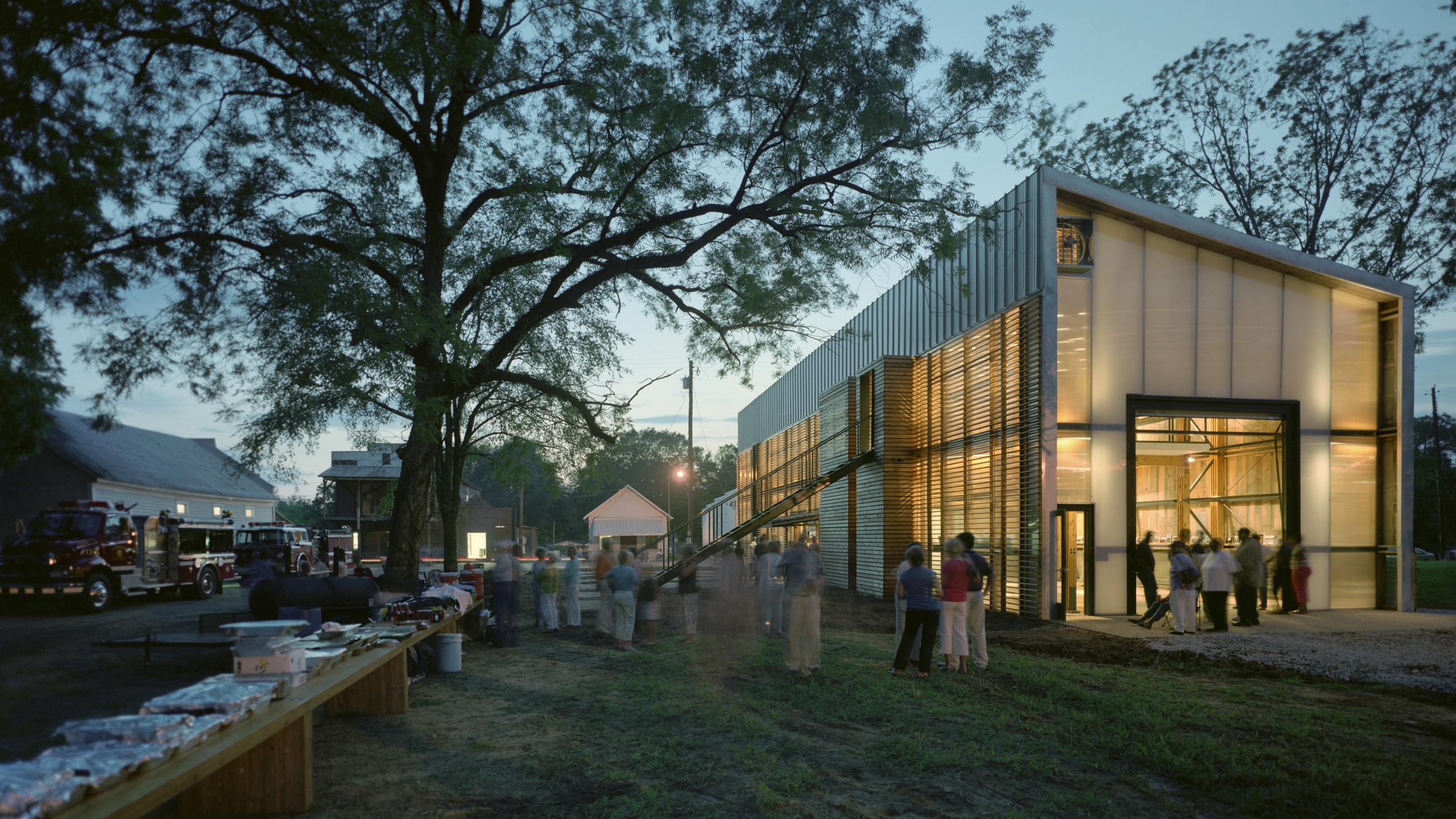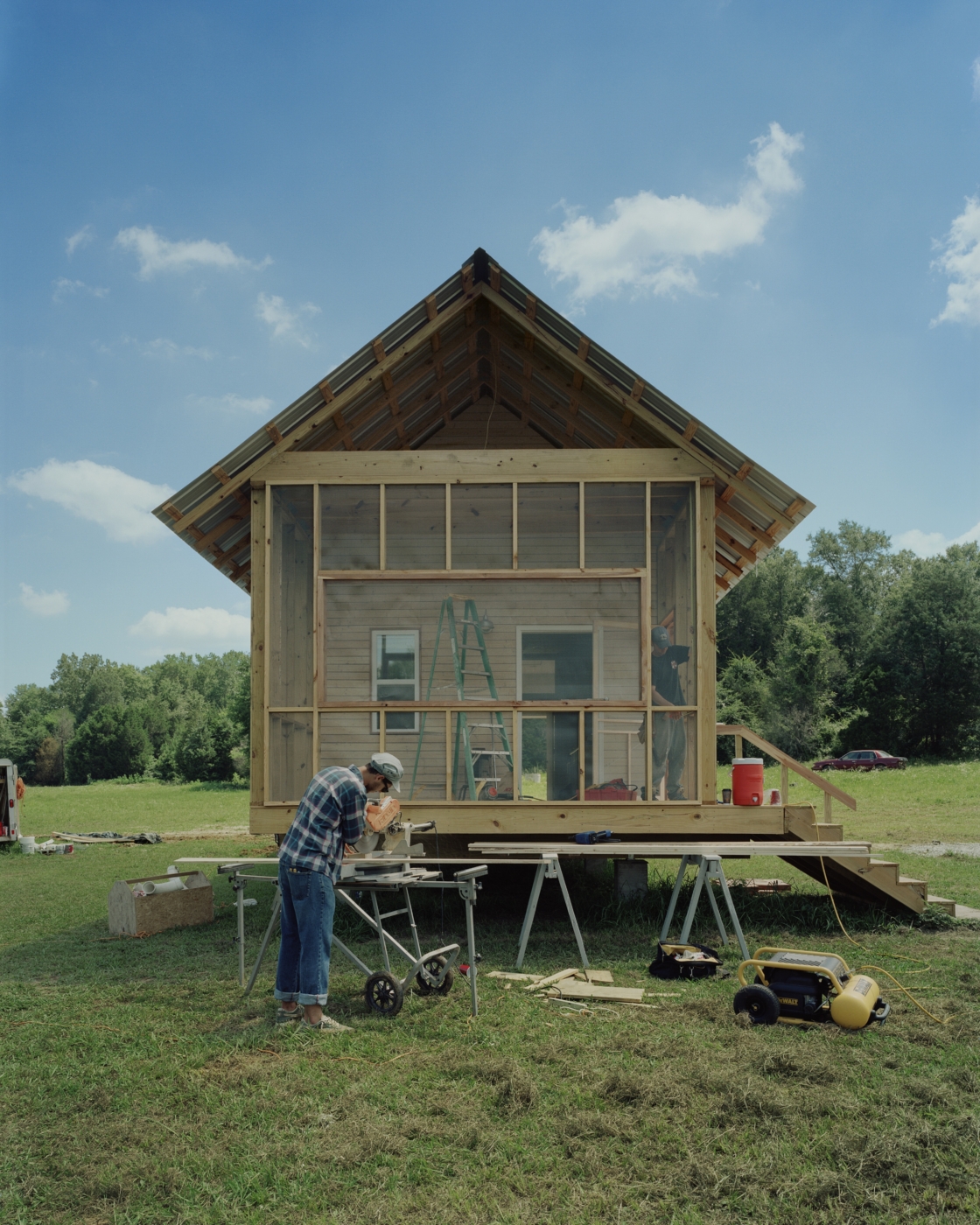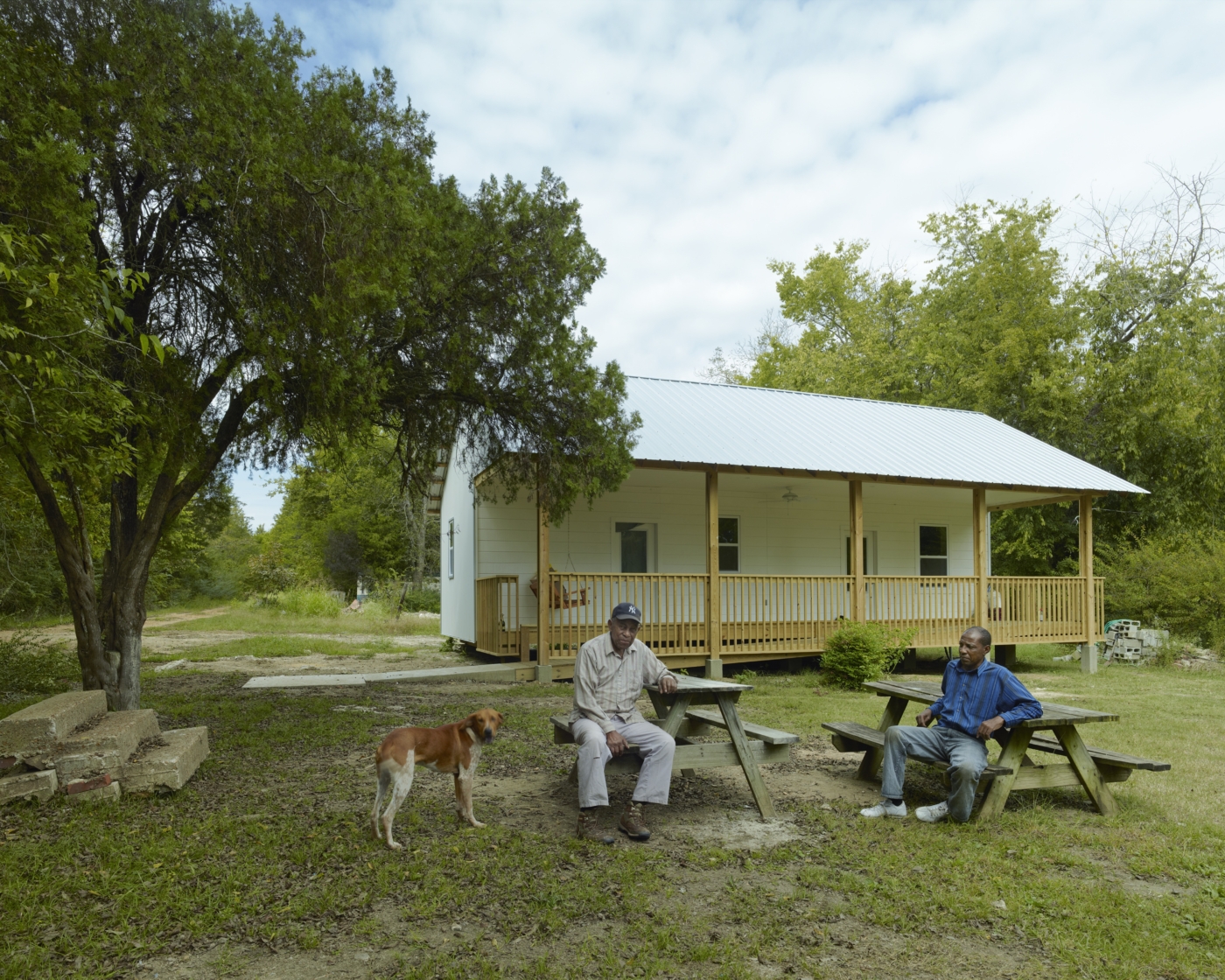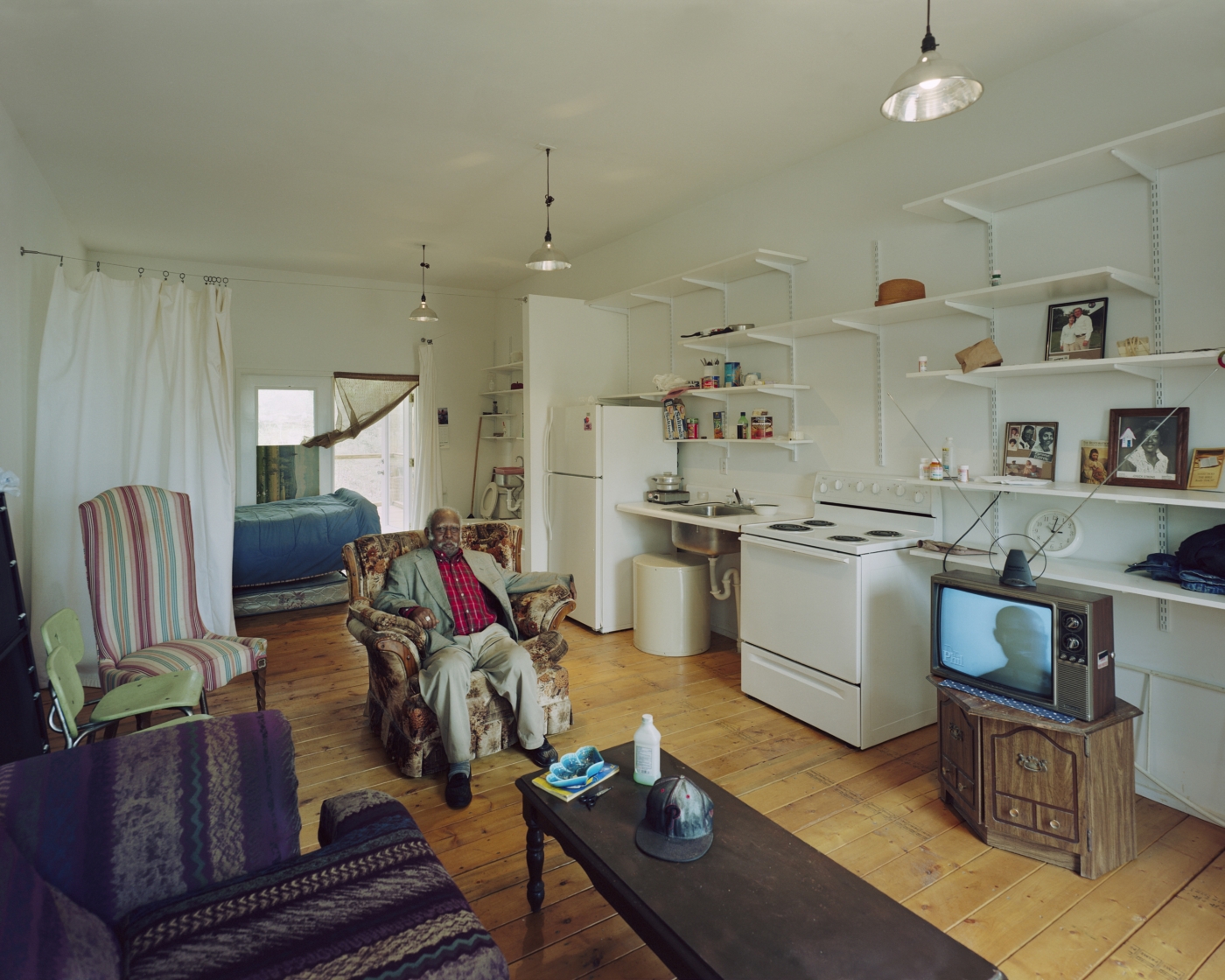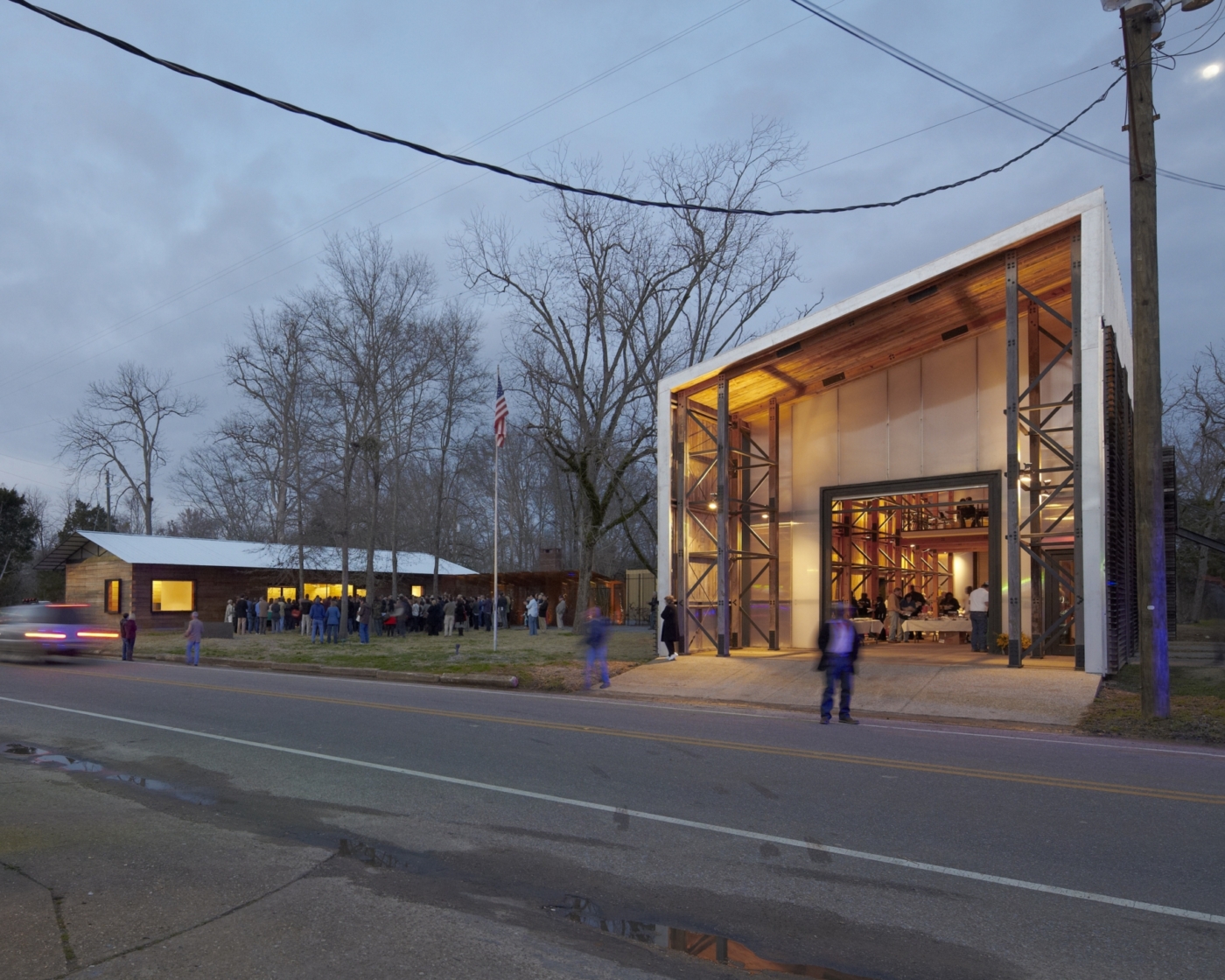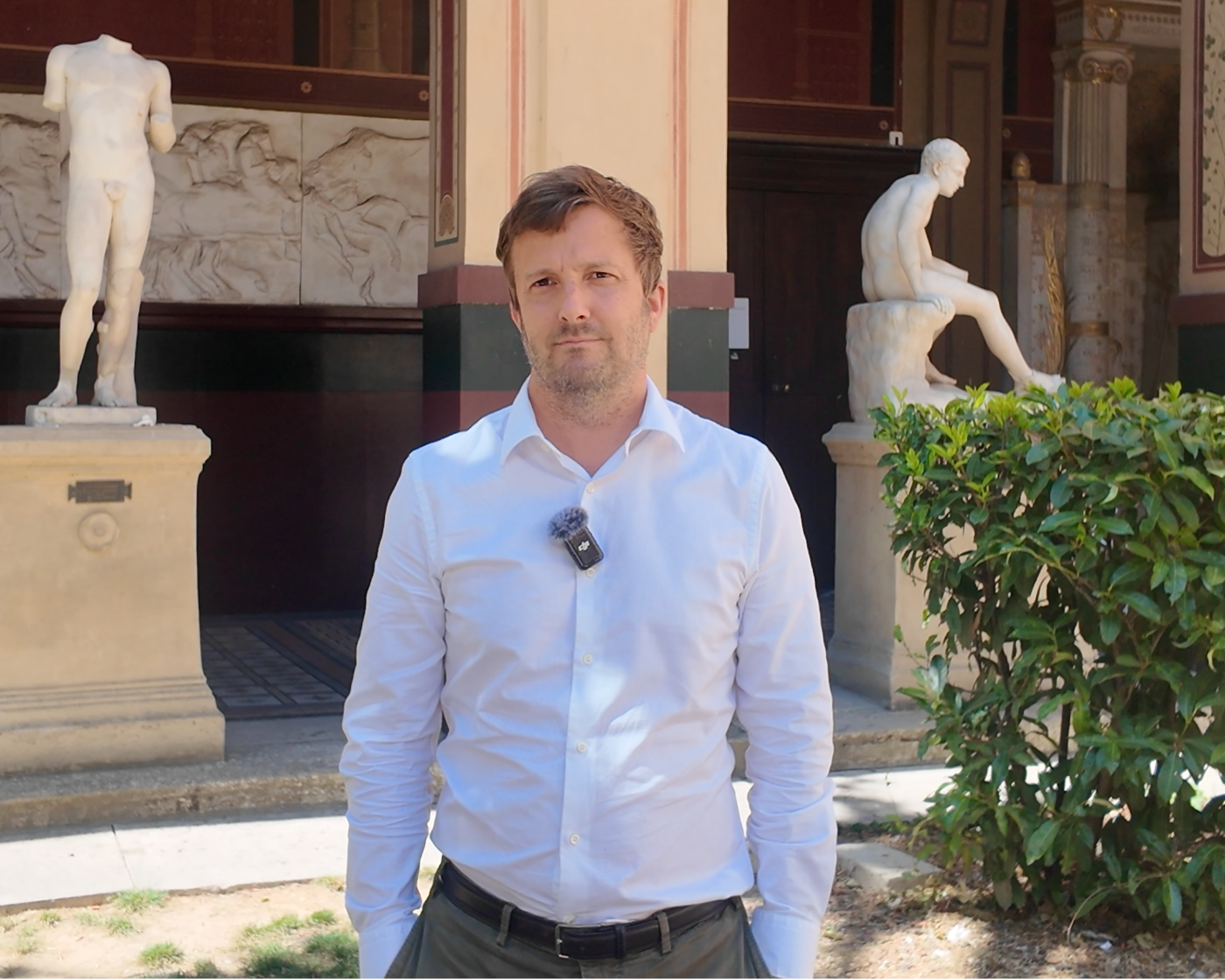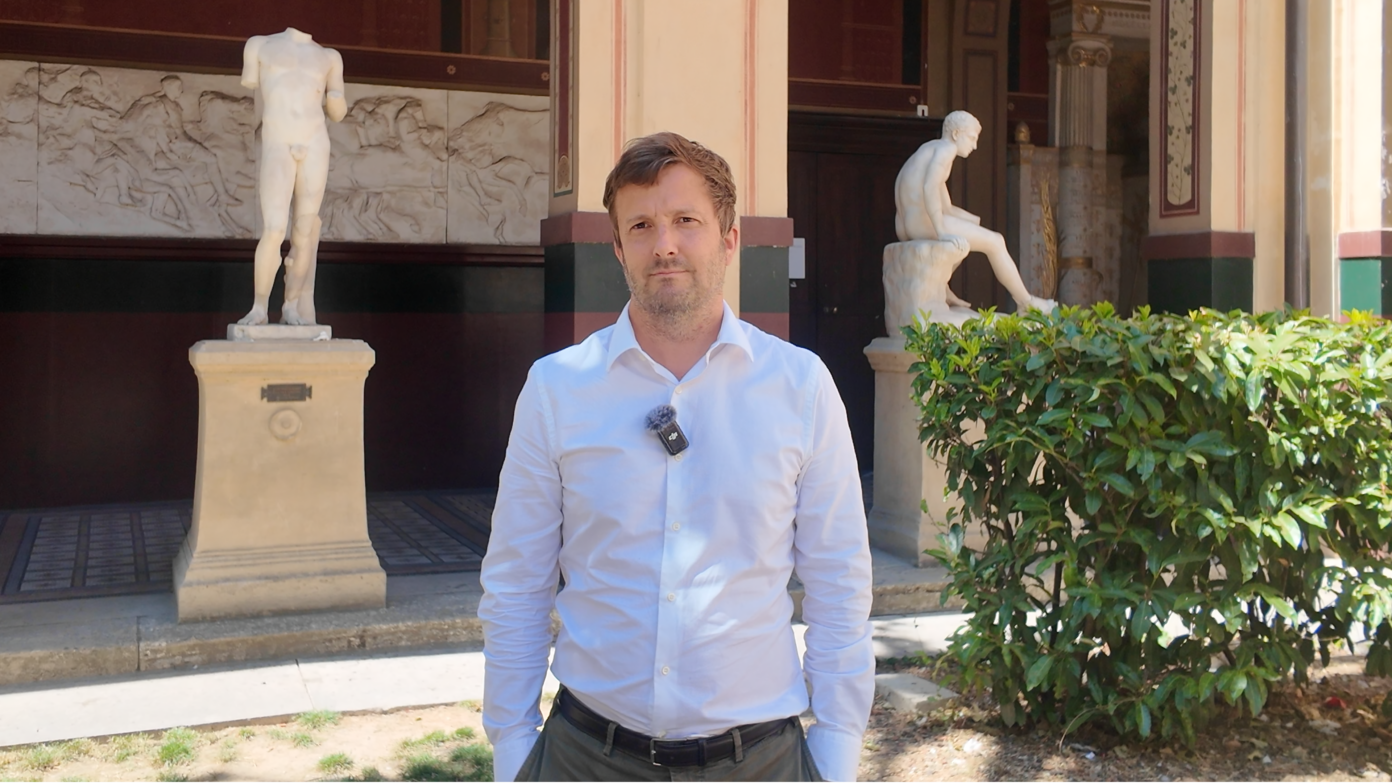Ecuating citizen architects…
Rural Studio is a program of the School of Architecture at Auburn University that is located three hours away from the university, in the small rural town of Newbern, in Hale County, Alabama. Newbern is located in what is called the Black Belt region of the state, and it’s been very much an extraction landscape, where a lot is taken away and little is given back, resulting in relatively high poverty rates and the usual kind of insecurities relating to food, health, and housing. I’ve been active here for the past twenty years, taking charge of the program after Samuel Mockbee, who started it with his colleague, D.K. Ruth, in 1993.
His mantra was that architects had to be more proactive and more engaged. The Studio was born out of this frustration with both the academy and the profession. He felt that students should have a more hands-on experience, not only in terms of making, but also in engaging with people. He was particularly interested in looking at the poverty of housing in Hale County. Mockbee was always something of a renegade, and, without calling him a socialist, he really passionately believed in socialism. He was also deeply convinced that architects should serve but also delight, which is why people and places are the basis of what we do. Problems are probably very similar everywhere, but we like to imagine that they can be addressed locally, whether it’s in the city or in the rural area, as that is what gives places their distinctive character.
As I hope the name suggests, the “citizen architect”, aspires to something greater for society. It is interesting in the sense that, in the United States, society itself is all about the individual— individuals get a job, earn money, buy things, and this is supposed to make them happy. There isn’t much about bringing to society, being a citizen, and contributing to a greater good. I happen to have been brought up and educated in the England of the 1970s, and was the lucky recipient of the high-quality social services that emerged in post-war Britain, with this idea that everyone should benefit from a good education, good health, housing, and equality of opportunity. In the United States, things are quite different, and though even Europe has started to move away from that, I nevertheless remain driven by these aspirations. Mockbee himself would always say that he didn’t send his children to university just to better themselves, but to better society. I was lucky enough to have benefited from a good, tax-paid education system where, if you were smart enough, you could go and be part of that supported system that was about raising society and its aspirations, and not just the individual. At Rural Studio, we share the same belief regarding the role of architects and what we can provide in society. Architects are aspirational, first and foremost, so, through our work on individual buildings and the agglomeration of buildings, how can we aspire to a better environment and the greater good ?
